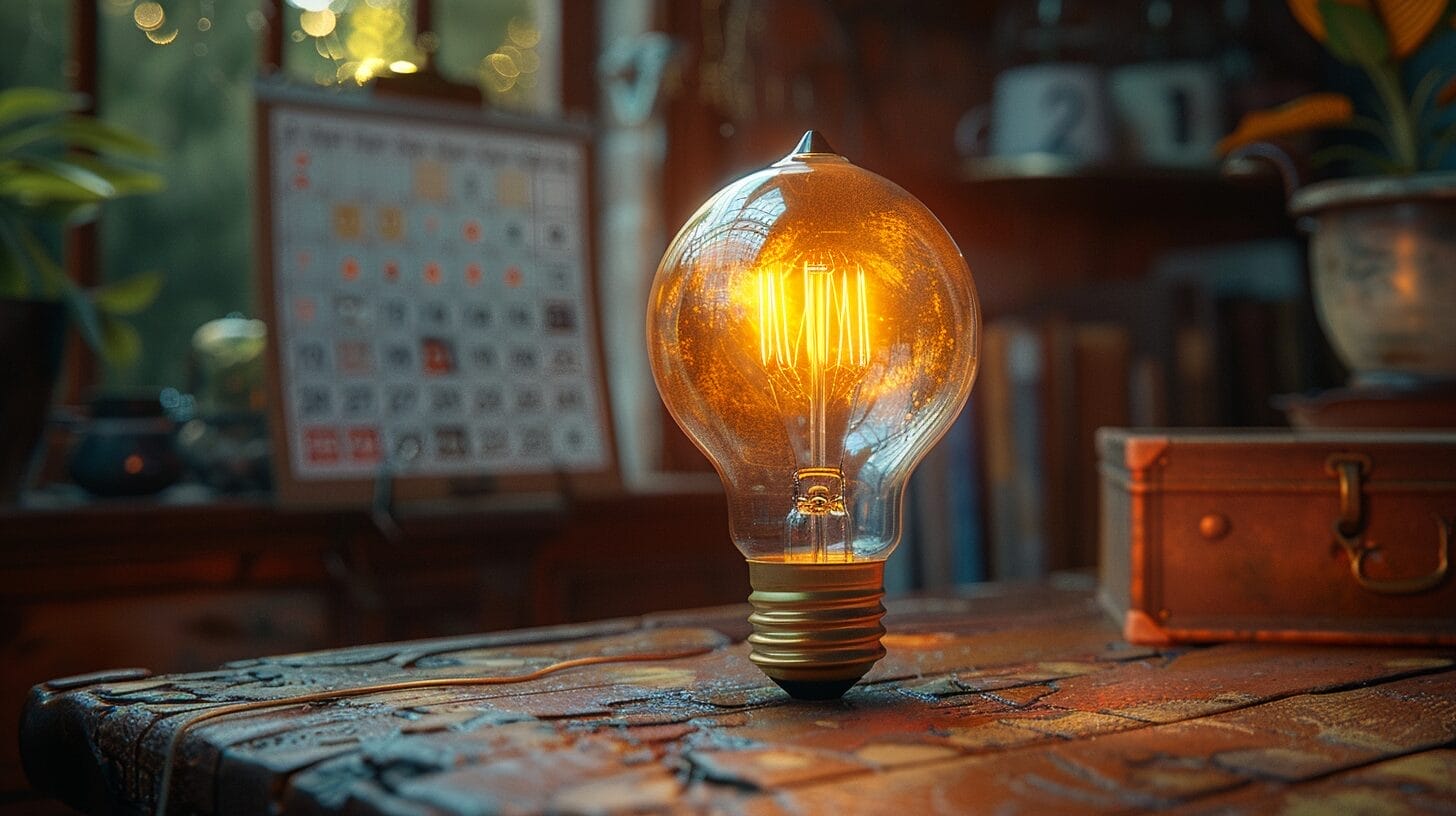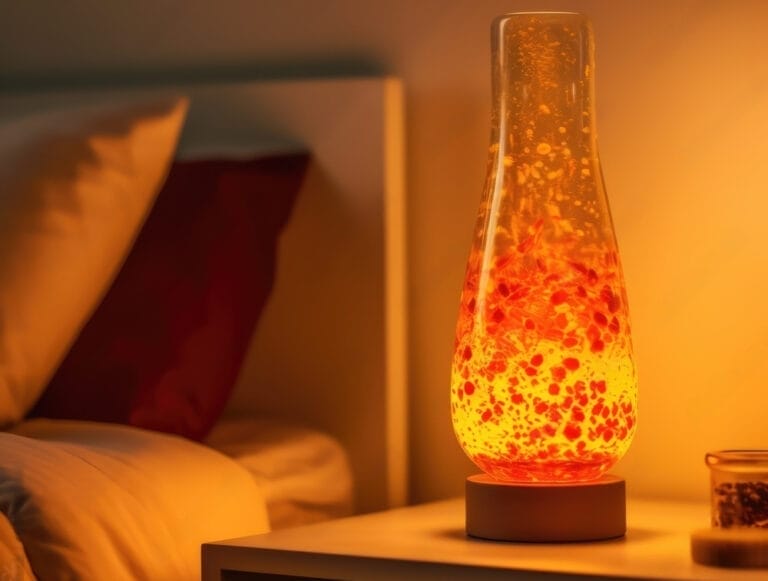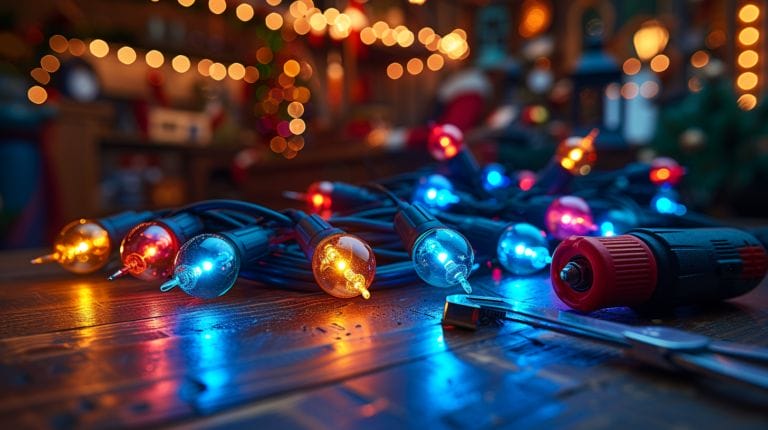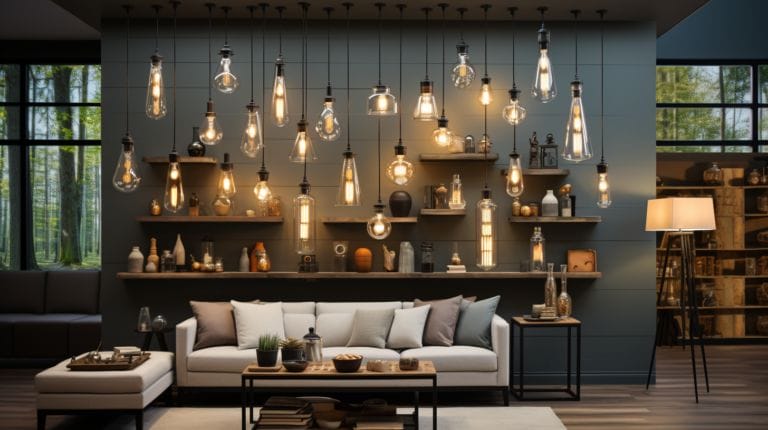How Long Do Fluorescent Light Bulbs Last? Lifespan Explained
Curious about the lifespan of fluorescent light bulbs? Our guide sheds light on this topic, explaining factors that influence their longevity. From quality and usage patterns to environmental conditions, we explore why fluorescent bulbs may vary in lifespan.
By understanding these factors, you can maximize the lifespan of your bulbs and optimize their performance. So, how long do fluorescent light bulbs last? Let’s find out.
Key Takeaways
- Lifespan of fluorescent bulbs ranges from 7,000 to 15,000 hours.
- Factors like quality, usage frequency, and environment affect bulb lifespan.
- Signs of a failing bulb include flickering, dimming, and buzzing sounds.
- Regular cleaning and minimizing on/off cycles can extend lifespan.
- Investing in high-quality bulbs and proper installation optimizes longevity.
Understanding the Concept of Fluorescent Light Bulbs

Understanding how fluorescent light bulbs work can lead to significant energy savings and a longer lifespan for your lighting fixtures. They work by passing electricity through a tube filled with mercury vapor and a noble gas, typically argon. This process produces ultraviolet light, which stimulates a phosphor coating on the inside of the tube to emit visible light. This method is highly efficient compared to traditional incandescent bulbs because it generates less heat, resulting in lower energy consumption and longer life spans.
Fluorescent bulbs can last up to 10 times longer than incandescent bulbs, making them a cost-effective and environmentally friendly lighting option.
Factors Affecting the Lifespan of Fluorescent Light Bulbs
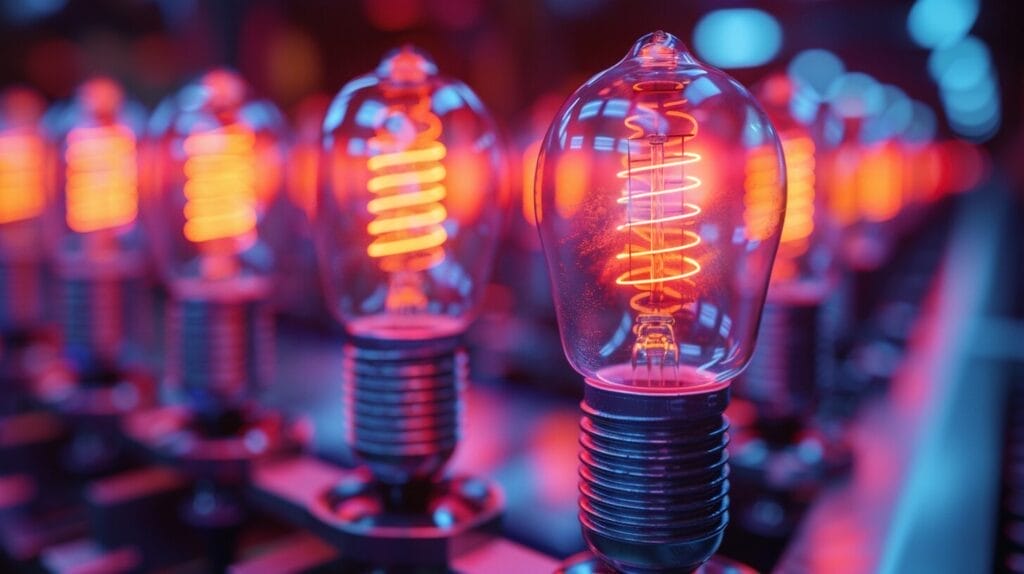
The lifespan of fluorescent light bulbs is influenced by various factors such as frequent switching on and off, room temperature, and the quality of the bulb. Frequent on-and-off cycles shorten the hours it can operate efficiently. Unlike incandescent bulbs, fluorescent lights are better suited for longer periods of illumination. Room temperature also plays a critical role in the lifespan of these bulbs. Extreme temperatures can affect the performance and longevity of the bulb.
Identifying How Long a Fluorescent Light Bulb Lasts
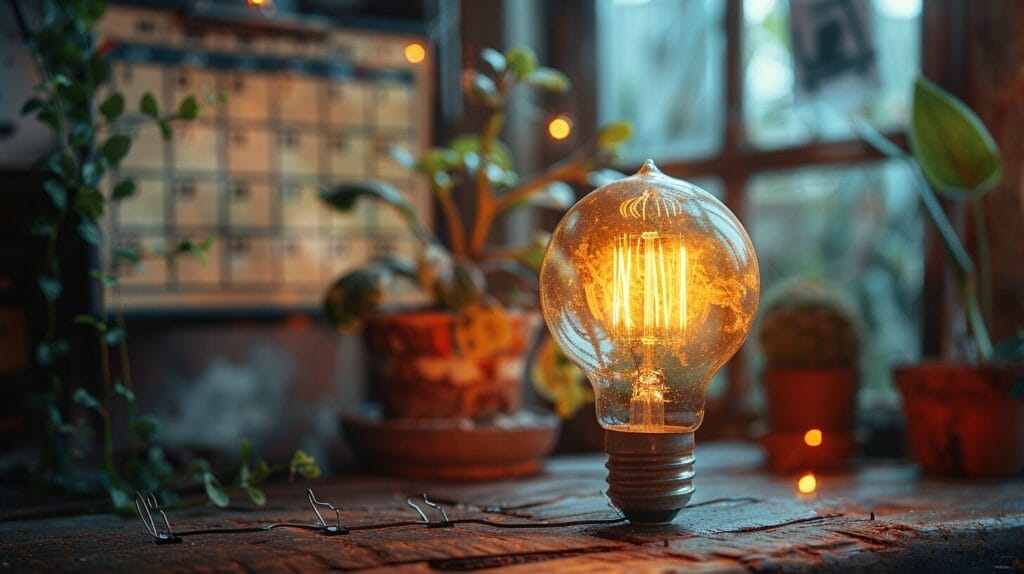
On average, fluorescent light bulbs can last anywhere between 7,000 to 15,000 hours. This lifespan can be influenced by factors such as the quality of the bulb, frequency of use, and operating conditions. Indicators of a failing bulb include flickering or dimming of the light, a significant decrease in brightness, or a buzzing sound.
Maximizing the Lifespan of Your Fluorescent Light Bulbs
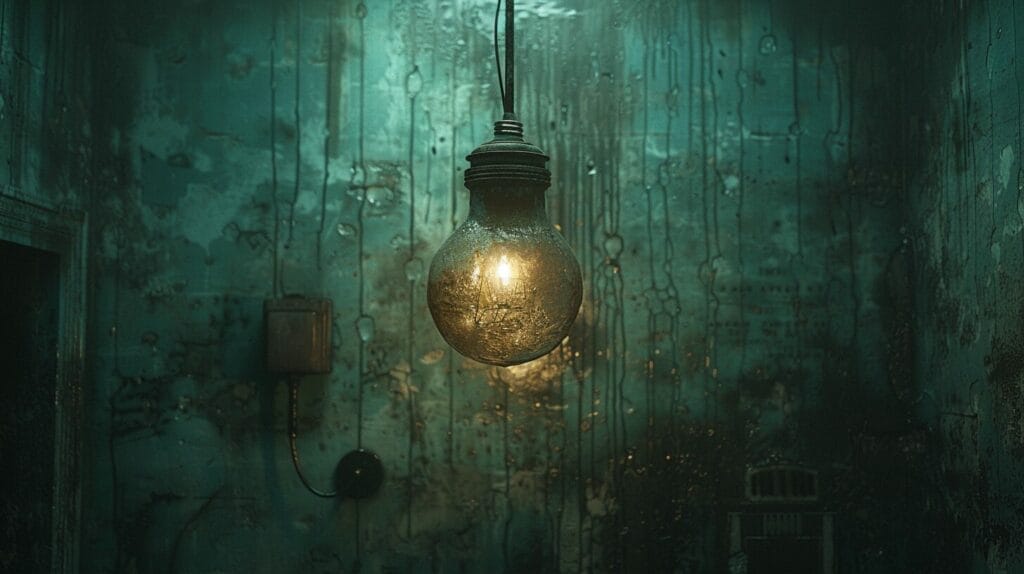
To extend the lifespan of your fluorescent light bulbs, adopting effective practices is essential. By maximizing the longevity of your bulbs, you not only save money but also reduce waste. Here are some tips to help you get the most out of your fluorescent light bulbs:
- Regular Cleaning: Dust and dirt can accumulate on the bulbs, reducing their efficiency and lifespan. Regularly cleaning them with a soft cloth can help maintain peak performance.
- Avoid frequent on/off cycles: Fluorescent bulbs have a limited number of on/off cycles before their lifespan is affected. Minimize switching them on and off frequently to optimize their longevity.
- Use in ideal conditions: Maintaining the right room temperature and humidity levels can have a significant impact on the lifespan of your fluorescent light bulbs.
- Proper installation: Ensuring your bulbs are correctly installed and securely positioned can prevent premature damage and extend their lifespan.
- Consider investing in high-quality bulbs: While initially more expensive, high-quality fluorescent light bulbs tend to last longer and provide better performance, ultimately saving you money in the long run.
The Environmental and Cost Implications of Fluorescent Light Bulbs Lifespan
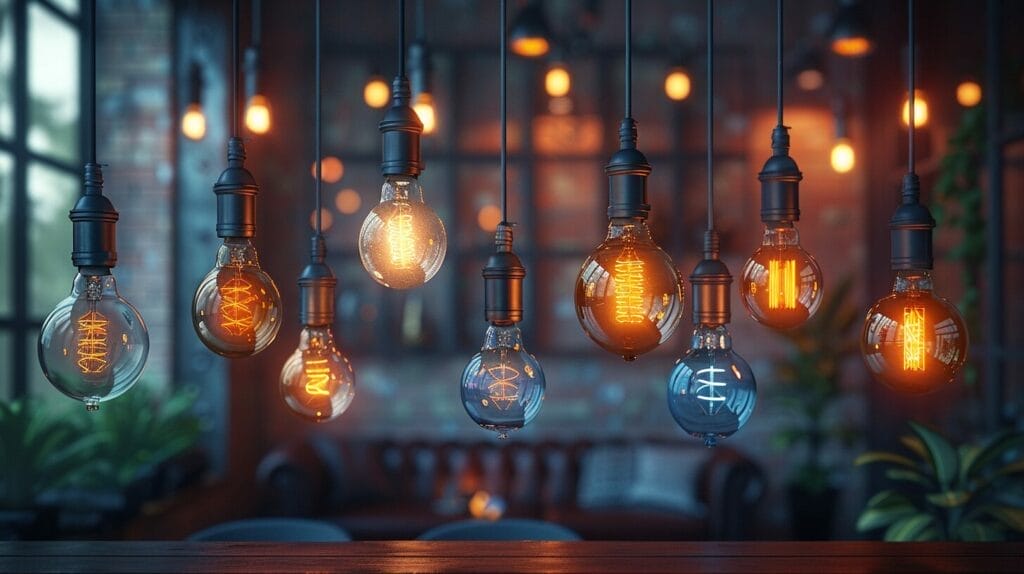
Maximizing the lifespan of fluorescent light bulbs has significant environmental and cost implications. By choosing longer-lasting bulbs, you can reduce energy usage and lower your electricity bills. The longer lifespan of fluorescent bulbs means less frequent disposal, leading to reduced waste and a smaller carbon footprint.
Conclusion
Overall, fluorescent light bulbs typically last around 7,000 to 15,000 hours, depending on usage and other factors. By taking steps to maximize their lifespan, such as proper installation and regular maintenance, you can extend the life of your fluorescent light bulbs.
This not only helps you save money on replacements but also reduces environmental impact by decreasing the amount of waste produced.
It’s important to take into account these factors when choosing lighting options for your home or business.
Frequently Asked Questions
How long do fluorescent light bulbs typically last?
Fluorescent light bulbs can last anywhere from 7,000 to 15,000 hours, depending on the type and usage.
What factors can affect the lifespan of fluorescent light bulbs?
The lifespan of fluorescent light bulbs can be impacted by factors such as the frequency of turning them on and off, the quality of the bulb, and the room temperature.
Is it true that frequently turning on and off fluorescent light bulbs can reduce their lifespan?
Yes, frequent turning on and off of fluorescent light bulbs can decrease their lifespan as it puts stress on the bulb’s components.
Can using incompatible ballasts affect the longevity of fluorescent light bulbs?
Yes, using ballasts that are not compatible with the fluorescent light bulb can lead to a shortened lifespan due to improper voltage regulation.
What are some signs that a fluorescent light bulb may be reaching the end of its lifespan?
Dimming of light output, flickering, or the bulb taking longer to turn on can be indicators that a fluorescent light bulb is approaching the end of its lifespan.

